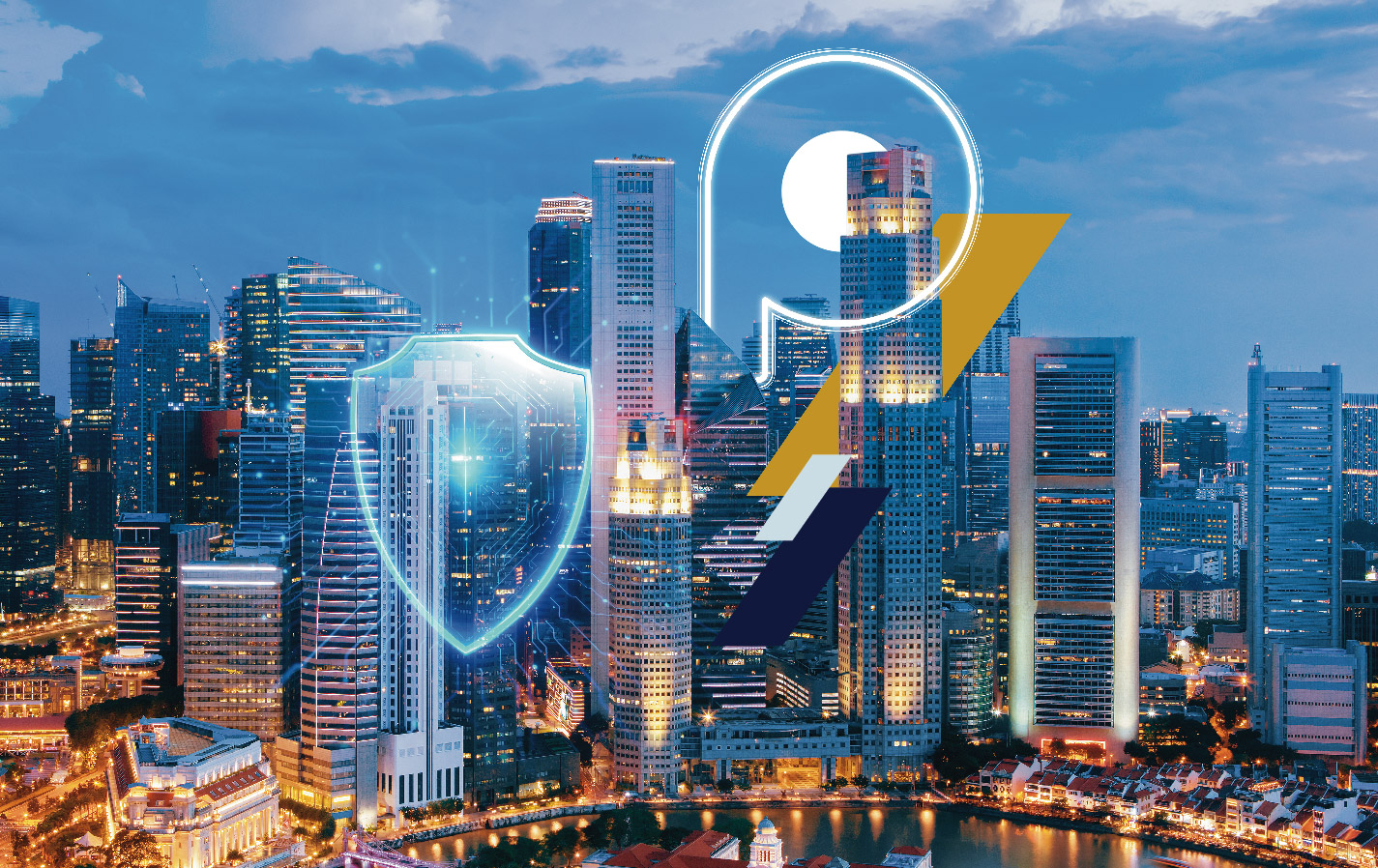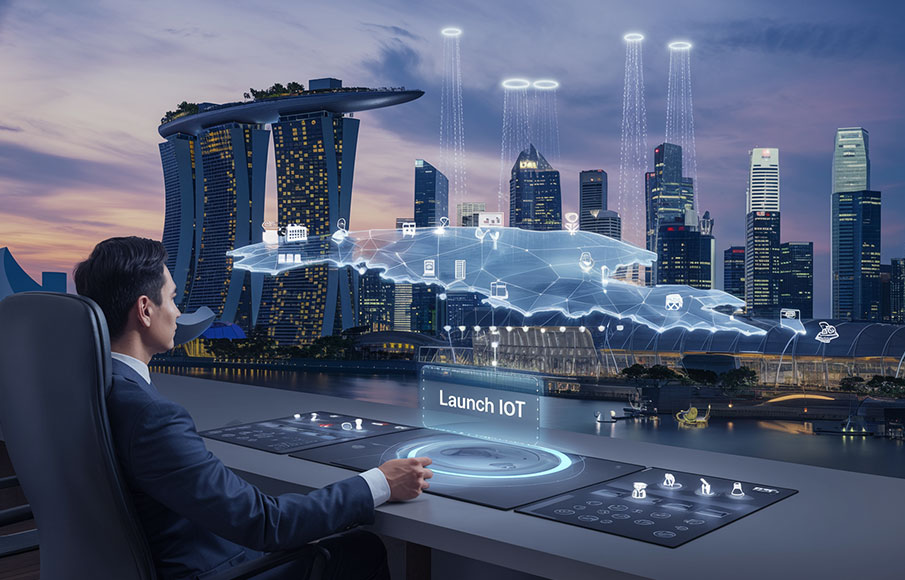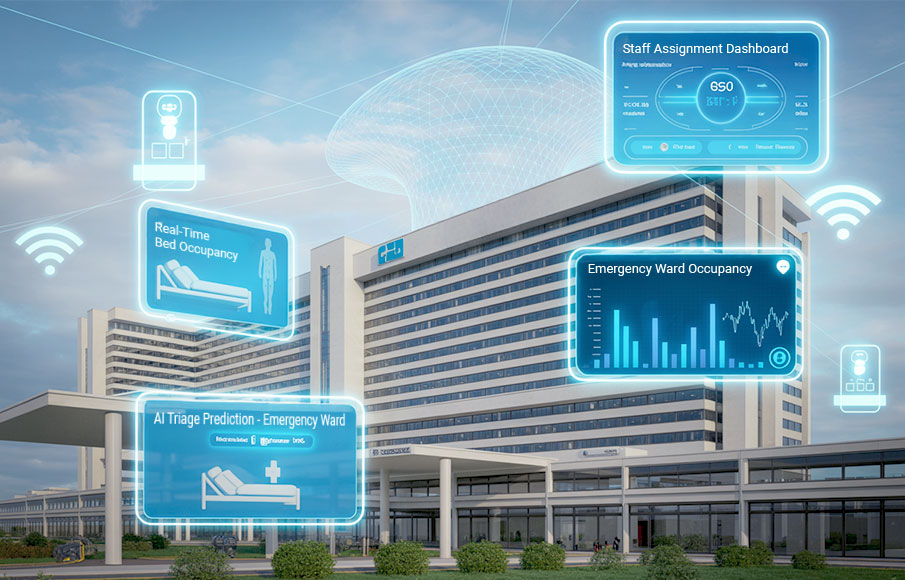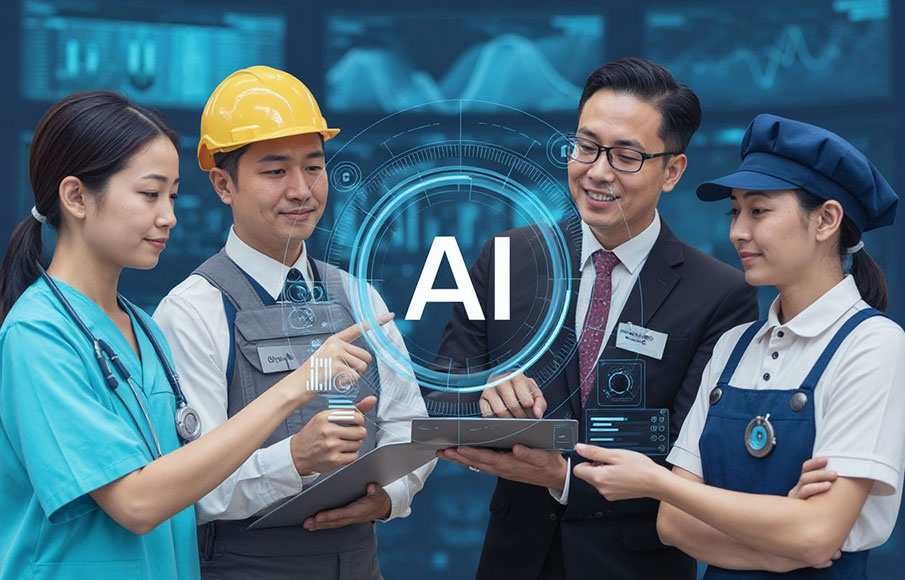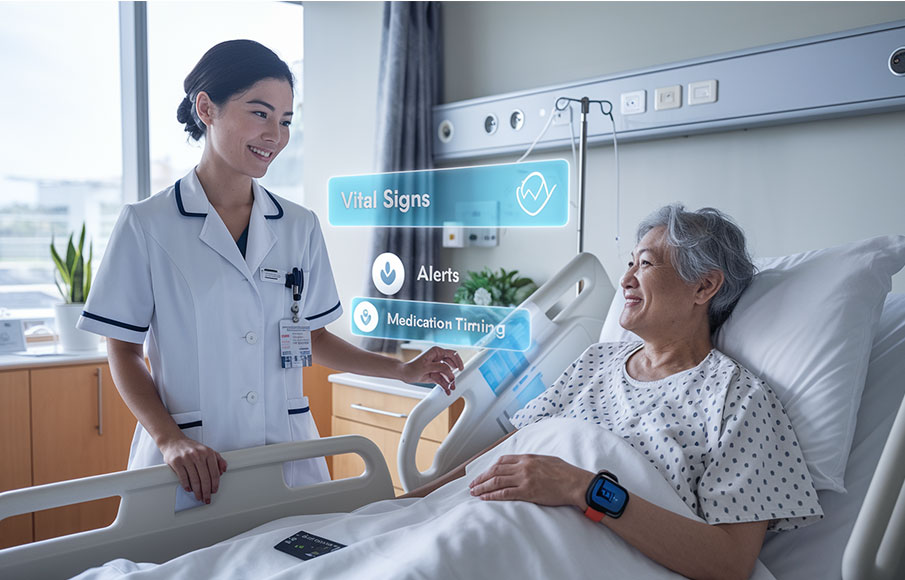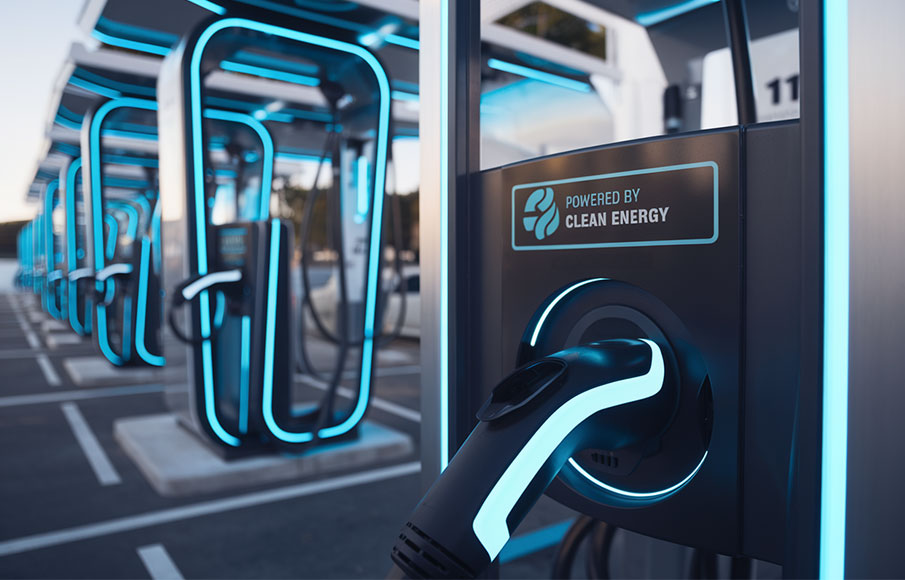3 Internet of Things Examples in Singapore (Updated 2025)
- 15 July 2025
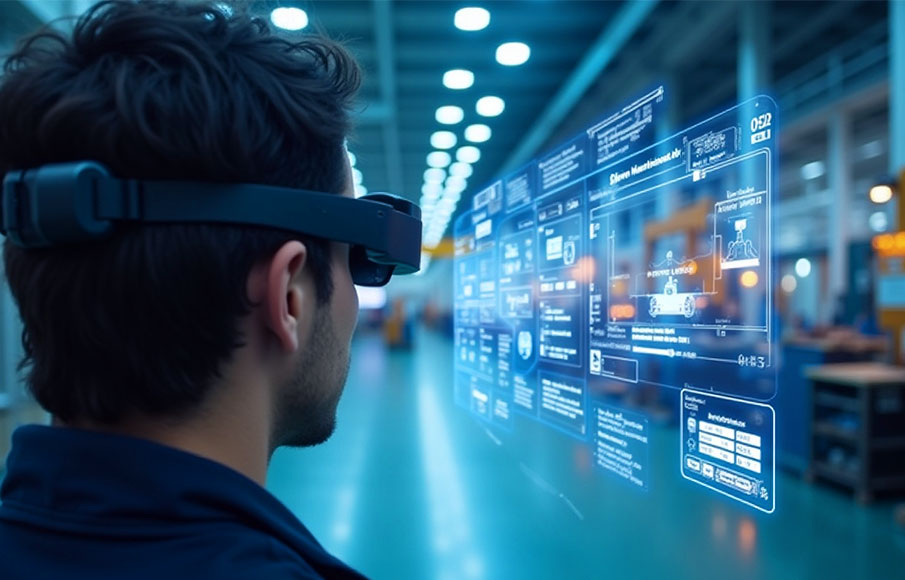
Internet of Things adoption continues to accelerate globally, with particularly strong growth in tech-forward regions like Singapore. As a cornerstone of the Industry 4.0 revolution, IoT is becoming increasingly prevalent across our country, where the IoT market is projected to add over USD 4 billion in incremental revenues between 2025 and 2032. This growth is largely driven by government Smart Nation initiatives that prioritise connected technologies.
The Internet of Things (IoT) has transformed how we interact with technology in our daily lives. From smart refrigerators and thermostats, to sophisticated industrial systems that monitor equipment performance in real-time, IoT connects everyday objects to networks and enhances efficiency across various sectors.
How IoT Can Make a Difference in Singaporean Industries

Singapore’s commitment to IoT research remains strong, with constant adoption within business sectors and national development initiatives such as Smart Nation 2025 creating opportunities for technological advancement.
With such a vital role to play in Singapore’s industrial transformation, IoT technology is actively impacting numerous sectors, with some key examples in recent years being:
1. Retail: Tampines Unmanned Cheers

Retail stores are experimenting with IoT integration and the usage of AI tools to create a smoother, more efficient shopping experience. One prime example is the unmanned Cheers store at Our Tampines Hub. This innovative convenience store operates 24 hours daily without human staff, and is a cashless concept store that makes use of IoT sensors and algorithms in order to handle sales.
After linking a payment account to the Cheers SG app, customers can simply enter the store, select their products, and leave without stopping at a checkout counter. The store utilises advanced AI systems to track customer movements and product selections throughout the shopping experience. It then subtracts the cost from their virtual wallets, allowing them to pay without hassle.
The system is intelligent enough to identify individuals who might attempt to leave without paying and can restrict their future access. This type of IoT infrastructure enables complete automation of inventory management, security monitoring, and payment processing. Small retailers looking to implement similar technology can benefit from process automation and integrated digital solutions that connect physical stores with online platforms.
In order to achieve success in these endeavours, retailers require robust and reliable IoT device support partners. With reliable and secure internet solutions from providers like SPTel, retailers can confidently embrace digitalisation and build future-ready, connected shopping experiences.
2. Healthcare: Tan Tock Seng Hospital Smart Ward

Tan Tock Seng Hospital (TTSH) in Singapore has pioneered a “Smart Ward” initiative that leverages IoT technology, artificial intelligence, and automation to revolutionise patient care. This innovative approach helps address healthcare manpower challenges while improving care quality.
TTSH’s Smart Ward employs thermal imaging combined with AI systems to monitor patient movement patterns efficiently, alerting staff approximately 15 seconds before patients attempt to leave their beds. These sensors automatically trigger alerts when unsafe situations are detected, allowing nurses to respond promptly to potential emergencies. This predictive capability is particularly crucial for elderly patients at risk of falls.
Furthermore, patients are given bedside smart tablets that allow them to access and monitor their own medical data, care schedule, and upcoming check-ups. This improves patient independence and management, allowing them to become well aware of their own condition.
The ward also features various IoT-enabled wearable devices that continuously monitor vital signs without disturbing patients. This automation relieves nurses from repetitive manual checks and creates more time for direct patient care.
Physical improvements to the ward’s infrastructure include humanistic lighting that changes in intensity, in order to match the internal clock of patients and promote healthy sleep schedules, and automatic bed turners that flip bed-bound patients every two hours to prevent pressure injuries from lying on one side.
The Smart Ward initiative demonstrates how healthcare facilities can effectively integrate IoT technology to transform traditional care models, and how these interconnected devices can be used to improve the healthcare quality of patients. Organisations like SPTel are aiding in these ventures by providing IoT Solutions that accelerate and empower digital transformation.
3. Shipping & Logistics: Tuas Mega Port Automation

Singapore’s Tuas Mega Port represents one of the most advanced implementations of IoT technology in the global shipping industry. This facility is one of the world’s largest automated terminals, and is growing fast, with a projected capacity of 65 million containers annually by the 2040s.
The port operates with a fleet of over 200 Automated Guided Vehicles (AGVs) that transport containers 24/7. These electric vehicles are equipped with sophisticated IoT sensors that continuously monitor operational status, location, and performance metrics. Other containers are moved using automated yard cranes, across 11 operational berths.
Data collected from thousands of sensors feeds into central control systems, including a data exchange platform known as Intelligent Warehouse eXchange (iWX) that provides high visibility through a series of comprehensive dashboards. Container movement, equipment status, and vessel schedules are all visible in real time. This enables optimised decision-making thanks to the variety of IoT devices that share information with each other and provide constant insights into port traffic and asset usage, allowing port management to minimise bottlenecks and optimise resource allocation.
The usage of this centralised IoT device management platform, such as what SPTel can provide, is able to provide cohesiveness in an IoT environment and tie together the various sensors and systems that allow a service to operate.
Why is Singapore Moving Towards IoT?

With these IoT implementations vastly improving industries, Singapore is steadily making progress in its Smart Nation goals, and is doing the following:
Improving Quality of Life
The usage of sensors in healthcare is designed to improve access to treatment, and manage patients more efficiently. These efforts align with Singapore’s Smart Nation Vision, which emphasises using technology to enhance the well-being of citizens by making daily life safer, healthier, and more convenient. By reducing manpower requirements for often short-staffed hospitals, healthcare providers are able to realign their efforts into providing high-quality care that accounts for the welfare of all.
Achieving Livable and Sustainable Smart Cities
Deployment of IoT systems across modern infrastructure is able to improve city operations and enhance livability. Apart from the unmanned store concept by Cheers, other initiatives such as air quality monitoring, energy consumption tracking, automatic traffic redirection, and resource management systems all serve to achieve Singapore’s Smart Nation aspirations. By connecting infrastructure, services, and communities through IoT, Singapore is creating urban environments that are both people-centric and environmentally friendly.
Powering Industry Transformation and Economic Development
Economic competitiveness is another major factor. IoT applications help industries simplify, automate, and control processes with speed and accuracy. By connecting devices and systems, businesses are streamlining operations, reducing downtime, and gaining real-time insights that support smarter decision-making. Examples of IoT integration like the Tuas Mega Port showcase the heights that this measure can achieve for economic growth and prosperity.
For these reasons, Singapore is aspiring to become a hyperconnected nation, with smart city operations across multiple sectors.
Challenges Faced in Pursuing an IoT-Driven Smart Nation

Implementing IoT technologies for smart nation initiatives presents several significant challenges that governments and organisations must overcome. These hurdles span technical, infrastructural, and administrative domains.
Reliability: IoT systems, especially those critical to public safety, healthcare, and national infrastructure, demand constant and uninterrupted connectivity. However, traditional SIM-based communication often depends on a single telco network, leading to potential service disruptions. For example, during healthcare usage, even a short network outage can delay the dispatch of manpower, putting lives at risk. Multi-network or software-defined network solutions can offer redundancy and ensure always-on connectivity in such high-stakes environments.
Integration: The IoT ecosystem is highly varied, with a wide range of devices, communication protocols, and data formats. This diversity poses a challenge when trying to connect systems across different government agencies or industries. For instance, integrating sensor data from public transportation, urban planning, and environmental monitoring requires a unified platform or standard. Without it, the lack of integration potential can slow down project rollouts and increase operational costs.
Performance: Many IoT applications generate large volumes of real-time data, from surveillance cameras to environmental sensors. Sending all of this data to centralised cloud systems can cause latency, overload bandwidth, and reduce system responsiveness. This constraint becomes particularly evident in dense urban environments where thousands of devices may operate within a small area. Performance issues are particularly problematic for use cases like traffic management or automated incident detection, where immediate action is critical.
In order for Smart Nation initiatives to succeed, relevant organisations must aim to address these challenges in their own fields, to enhance urban services and improve the practical deployment quality of such IoT Solutions.
How SPTel Can Meet These Challenges With Internet of Things Solutions

SPTel offers comprehensive solutions which address these key challenges faced by industries looking to implement IoT. Our services are designed to overcome these issues by providing infrastructure and expertise that meets a wide range of connectivity requirements.
SPTel can provide:
Reliability Through Multi-Network M2M SIM Technology: Our Multi-Network M2M SIM technology ensures devices remain connected regardless of network conditions, through the use of multi-carrier fallbacks. In the event of network failure, devices will be able to reconnect to the next available network within the system, enhancing device resilience and providing the continuous connectivity that is critical for IoT deployments in high-strain environments. Within the healthcare sector, network outages could have serious consequences, and the usage of Multi-Network M2M SIM connectivity will help resolve this concern.
Island-wide LoRaWAN Sensor Network Powered by Clean Energy: SPTel’s LoRaWAN Sensor Network offers a reliable, energy-efficient connectivity solution for large-scale IoT deployments. With nationwide coverage and low power consumption, it extends sensor battery life and reduces maintenance needs. Customers can connect devices quickly without the hassle of setting up or managing their own gateways. Housed within Critical Information Infrastructure (CII) sites and powered by solar energy, our network ensures secure, sustainable operations.
Seamless Integration with IoT-as-a-Service: SPTel’s IoT-as-a-Service platform is protocol and device agnostic, enabling organisations to connect diverse equipment without compatibility concerns. Whether it is a multi-network SIM, LoRaWAN via our Sensor Network or other connectivity solutions like WiFi, sensor devices can easily connect and start collating data. This platform provides a unified management dashboard that simplifies monitoring and control of all connected devices.
By using an as-a-service model, we also eliminate upfront infrastructure costs while offering flexibility to scale operations according to business needs. Organisations can quickly deploy IoT solutions without extensive technical expertise or development resources, aiding in integration and implementation. This is particularly helpful when multiple IoT solutions need to work together to keep a large operation running, such as in the logistics industry.
Enhanced Performance via Edge Cloud: SPTel’s Edge Cloud solution can deliver more responsive application performance by processing data closer to the point of origin. With 4 major zones covering the island, we are able to process data closer to the things, people and industries that our customers serve. By eliminating the need to route all traffic through centralised data centres, SPTel’s Edge Cloud architecture creates a more efficient IoT ecosystem that supports advanced use cases requiring near-instantaneous data processing.
This improved application performance and decrease in network congestion is highly valuable for industries that require real-time video analytics, such as retail outlets seeking to implement smart solutions and AI algorithms into their shopping experience.
Jump-start your IoT deployment With SPTel’s IoT Solutions

Implementing Internet of Things (IoT) technology poses a challenge for businesses that lack the technical infrastructure or expertise. SPTel can offer a comprehensive IoT-as-a-Service (IoT-aaS) platform that simplifies deployment and management.
Our platform provides a complete ecosystem for IoT implementation, eliminating the need to deal with multiple vendors. With our ready gateway network and managed services, organisations can swiftly power their IoT setups and pursue their own digitalisation efforts with ease.
For more information about jump-starting your IoT journey, contact SPTel to discover how our IoT platform solutions can address your specific business needs.



